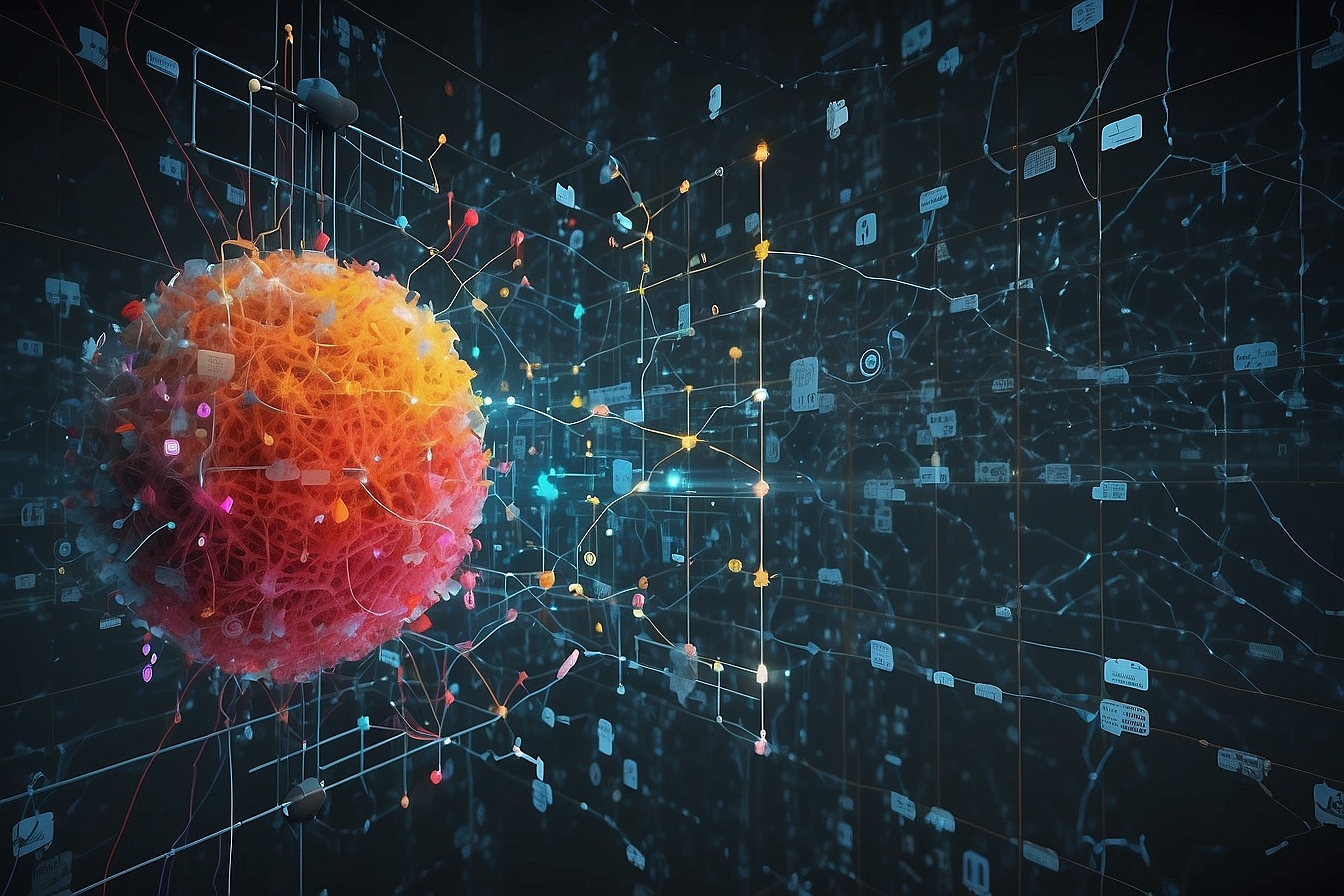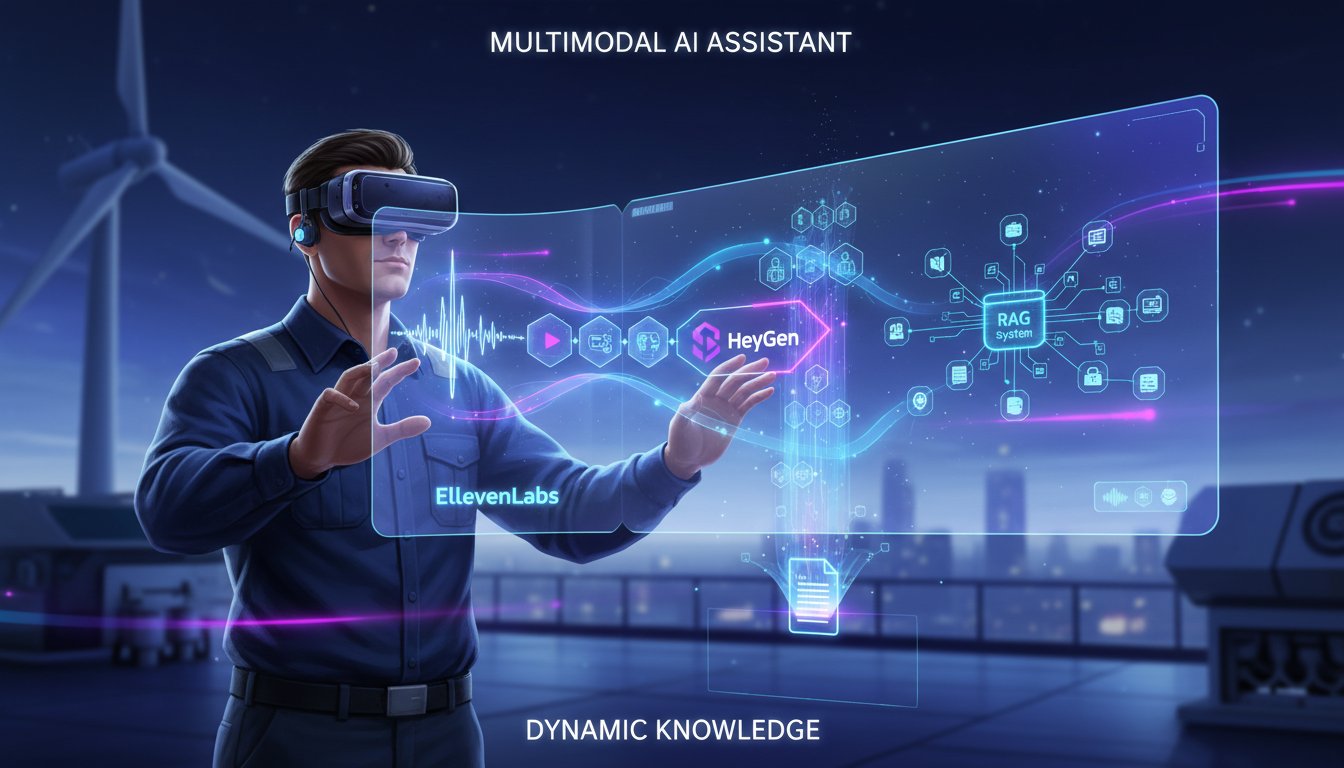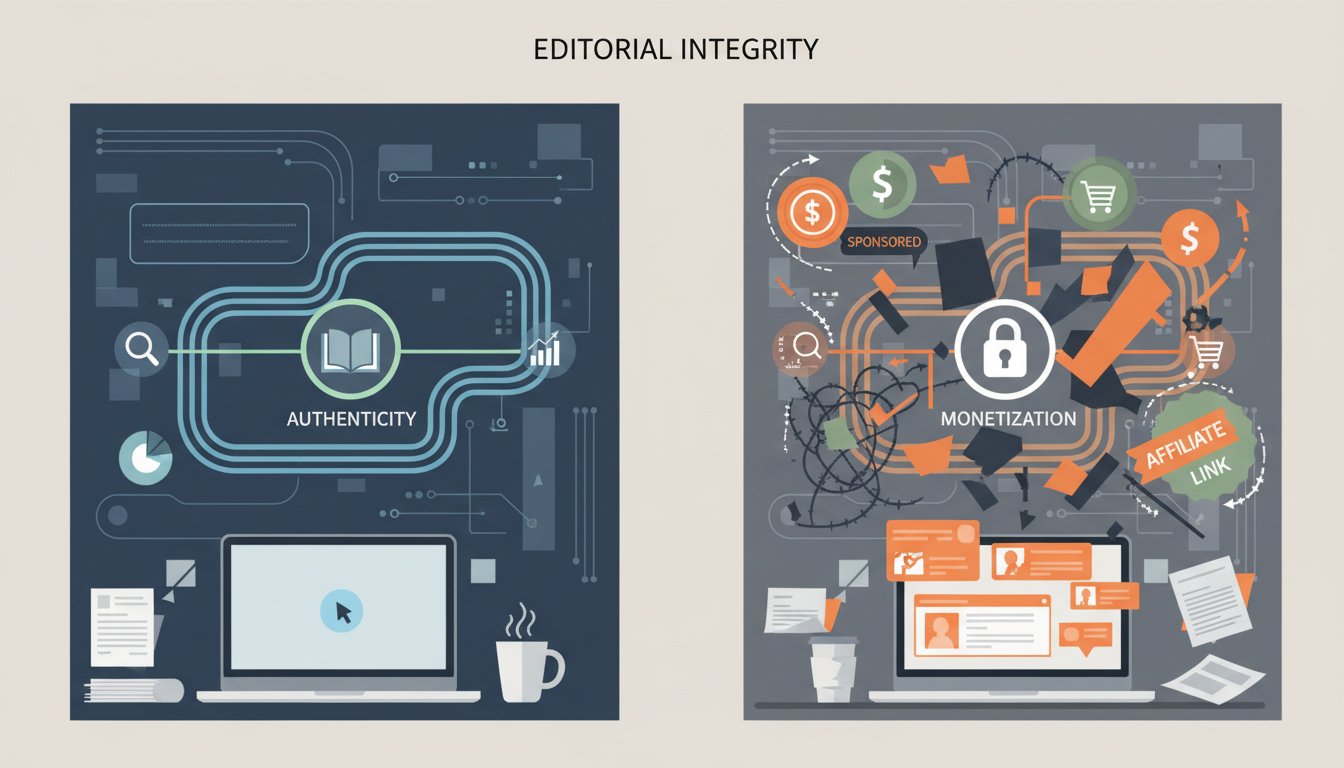Welcome to the inaugural post on the Rag About It blog! As a new technical writer here, I’m excited to dive into the fascinating world of Retrieval Augmented Generation (RAG) and explore how this cutting-edge AI technology is transforming the way enterprises handle information retrieval. In this “RAG 101” post, we’ll break down the basics of RAG, its key benefits, and how it’s poised to revolutionize knowledge management in organizations of all sizes. So let’s get started!
What is Retrieval Augmented Generation (RAG)?
At its core, Retrieval Augmented Generation is a novel approach to language modeling that combines the strengths of both retrieval-based and generative AI models. Traditional language models, like GPT-3, are trained on vast amounts of text data and can generate human-like responses based on the input they receive. However, these models often struggle with factual accuracy and can sometimes produce inconsistent or irrelevant outputs.
Enter RAG. This innovative architecture addresses the limitations of pure generative models by integrating a retrieval component. When given a query or prompt, a RAG system first searches through a large corpus of text data (such as documents, web pages, or databases) to find the most relevant information. It then uses this retrieved context to inform and guide the generation process, resulting in more accurate, specific, and contextually appropriate responses.
Key Components of a RAG System
To better understand how RAG works, let’s break down its key components:
- Retriever: This module is responsible for searching through the available text corpus and identifying the most relevant passages or documents based on the input query. The retriever typically uses techniques like semantic search, keyword matching, or vector similarity to find the best matches.
- Generator: Once the relevant context has been retrieved, the generator module takes over. This is usually a large language model, like GPT-3, that has been fine-tuned on the specific domain or task at hand. The generator uses the retrieved information as additional input to guide the text generation process, ensuring more accurate and contextually relevant outputs.
- Knowledge Base: The effectiveness of a RAG system largely depends on the quality and breadth of its underlying knowledge base. This can include structured databases, unstructured text corpora, or even web-scale datasets like Wikipedia. The larger and more comprehensive the knowledge base, the better the RAG system can perform.
Benefits of RAG for Enterprises
Now that we’ve covered the basics of how RAG works, let’s explore some of the key benefits it offers for enterprises:
- Enhanced Accuracy: By combining retrieval and generation, RAG systems can produce more factually accurate and specific responses compared to purely generative models. This is especially crucial in domains like finance, healthcare, and legal, where accuracy is paramount.
- Improved Consistency: RAG helps ensure that the generated outputs are consistent with the retrieved context, reducing the risk of contradictory or irrelevant information being presented to users.
- Domain Adaptability: RAG systems can be easily fine-tuned for specific domains or industries by training on relevant knowledge bases. This allows enterprises to tailor the technology to their unique needs and use cases.
- Scalability: As the knowledge base grows and evolves, a RAG system can seamlessly incorporate new information without requiring extensive retraining. This scalability is essential for enterprises dealing with ever-expanding volumes of data.
- Efficiency: RAG automates the process of searching through vast amounts of information and generating relevant responses, saving time and resources compared to manual research and content creation.
Real-World Applications of RAG
The potential applications of RAG in enterprise settings are vast and varied. Here are just a few examples:
- Intelligent Chatbots: RAG can power conversational AI assistants that provide accurate, context-aware responses to customer inquiries, improving user experience and reducing the workload on human support teams.
- Knowledge Management: RAG systems can be used to create intelligent search and recommendation engines that help employees quickly find the information they need, enhancing productivity and decision-making.
- Content Generation: From automated report writing to personalized email campaigns, RAG can assist with various content generation tasks, ensuring consistency and accuracy while saving time and effort.
- Business Intelligence: By analyzing large volumes of structured and unstructured data, RAG can help enterprises uncover valuable insights, identify trends, and make data-driven decisions.
The Future of RAG
As the field of AI continues to evolve at a rapid pace
As the field of AI continues to evolve at a rapid pace, we can expect to see even more advancements in RAG technology. Researchers and developers are continuously working on improving retrieval mechanisms, fine-tuning techniques, and architectures to enhance the performance and versatility of RAG systems.
One exciting area of development is the integration of RAG with other AI technologies, such as computer vision and speech recognition. By combining these modalities, enterprises can create even more powerful and intuitive information retrieval systems that can handle a wide range of input types and deliver outputs in various formats.
Another promising direction is the development of more transparent and explainable RAG models. As enterprises increasingly rely on AI-driven decision-making, it’s crucial to have systems that can provide clear insights into how they arrive at their outputs. By incorporating techniques like attention mechanisms and interpretable architectures, RAG systems can offer greater transparency and build trust with users.
Furthermore, as RAG technology becomes more accessible and user-friendly, we can expect to see a growing number of enterprises adopting it across various industries. From small startups to large corporations, the benefits of RAG in streamlining information retrieval and content generation processes will be hard to ignore.
Conclusion
Retrieval Augmented Generation represents a significant leap forward in the field of AI-driven information retrieval. By combining the strengths of retrieval and generative models, RAG systems offer enterprises a powerful tool for accessing and leveraging their vast troves of data. With its ability to deliver accurate, consistent, and context-aware outputs, RAG is poised to revolutionize the way organizations handle knowledge management, customer support, content creation, and more.
As we’ve seen in this “RAG 101” post, the potential applications and benefits of this technology are immense. And as the field continues to evolve, we can expect to see even more innovative use cases emerge. So whether you’re a tech enthusiast, a business leader, or an AI practitioner, it’s an exciting time to be exploring the world of Retrieval Augmented Generation.
At Rag About It, we’re committed to staying at the forefront of this rapidly evolving field and sharing our insights with our readers. In future posts, we’ll dive deeper into the technical aspects of RAG, explore real-world case studies, and provide practical guidance on implementing RAG solutions in enterprise settings. So be sure to stay tuned and join us on this exciting journey into the future of information retrieval!




